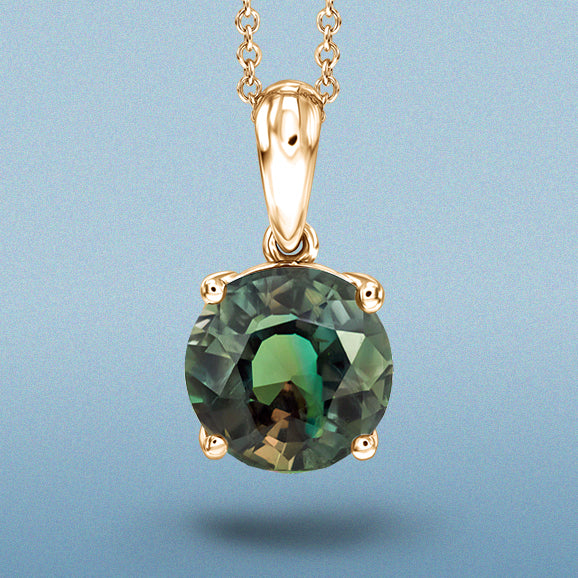The History Of Alexandrite
Alexandrite was first discovered in 1830 in Russia’s Ural Mountains in the Tokovanya depositswas found by a Finnish mineralogist named Nils GustafNordenskiöld. Initially,Nordenskiöld thought the sample he was shown was an emerald, only later did he realise that the stone was a previously unknown gemstone. Because the imperial colours of the time were red and green, it was decided to name the new gem in honour of the Russian Tsar of the day,Tsar Alexander the Second.
After the first discovery in Russia, deposits were found in Brazil, East Africa and Brazil. The stone is rare, and the finest quality examples can cost as much as diamonds. More usually, Alexandrite is valued similarly to fine rubies or emeralds.
Today, synthetic Alexandrite can be manufactured. Some forms of the man-made product are very hard to distinguish from the naturally occurring stone.
The Use Of Alexandrite In Jewellery
Alexandrite is rated in the same way as many other gemstones with the same 4 Cs as used with diamonds: Colour, Clarity, Cut, and Carat weight. Similarly to other coloured gemstones, the colour of the stone is the critical factor in determining the value of a stone. Due to the colour change feature of Alexandrite evaluation of the gem is complex as any report must consider this attribute.
Non-gem quality stones can be purchased for just a few pounds per carat; however, the colours are nowhere as vibrant or changeable as fine stones. High-quality stones can be faceted to enhance their colours, but low-grade stones cannot be cut in this manner because they have too many imperfections, in jewellery parlance, they are not clean enough.
Because Alexandrite is rare, large stones are very costly. Stones large enough to be cut are extremely rare; examples of 1.5 carats are considered to be quite large while stones of five carats or more are hardly ever seen.Alexandrite contains few inclusions (foreign matter inside the crystal). Due to its hardness Alexandrite is suitable for everyday wear but wearers of Alexandrite jewellery should take care to protect it from extreme temperatures, harsh chemicals and from scratches. Cleaning can be carried out using washing up liquid in warm water and gently agitating with a soft toothbrush.
Lighter coloured stones give the greatest vibrancy. Darker stones can appear to be almost black while light stones have washed out colours.
Although Alexandrite does not have a long history like some gems such as diamonds, rubies or emeralds it has become a firm favourite among jewellery lovers and has picked up many positive connotations for good healthand fortune. If you are looking for the ideal birthday gift for a very special person born in June, then a piece of jewellery incorporating Alexandrite should be on your list of gift ideas!


